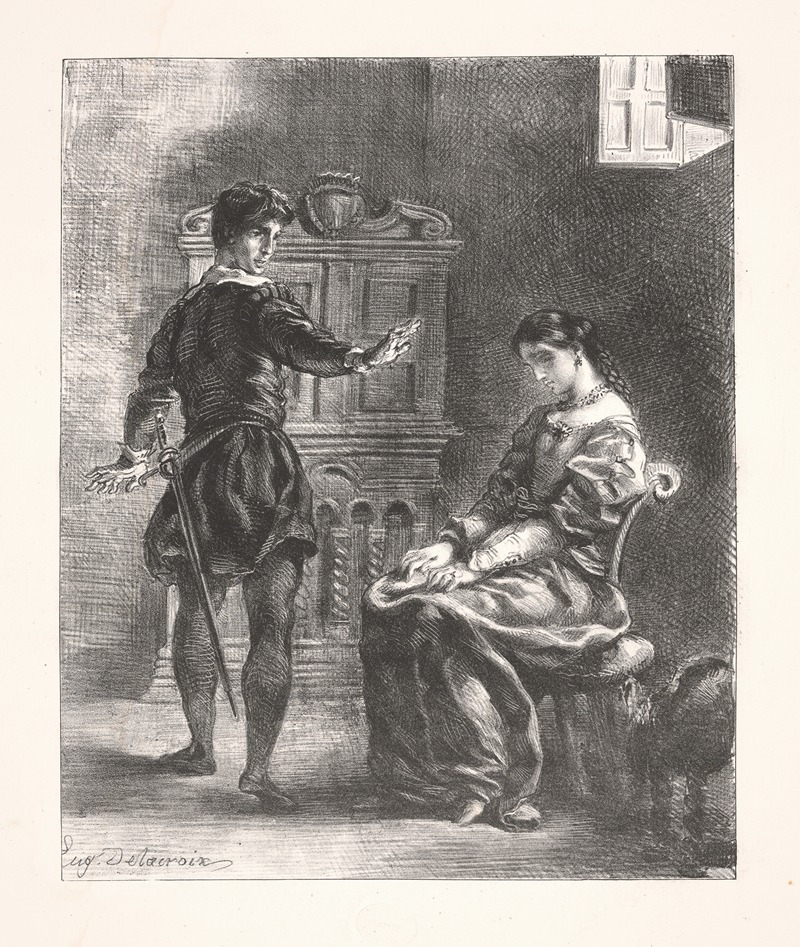
Hamlet and Ophelia
A hand-painted replica of Eugène Delacroix’s masterpiece Hamlet and Ophelia, meticulously crafted by professional artists to capture the true essence of the original. Each piece is created with museum-quality canvas and rare mineral pigments, carefully painted by experienced artists with delicate brushstrokes and rich, layered colors to perfectly recreate the texture of the original artwork. Unlike machine-printed reproductions, this hand-painted version brings the painting to life, infused with the artist’s emotions and skill in every stroke. Whether for personal collection or home decoration, it instantly elevates the artistic atmosphere of any space.
"Hamlet and Ophelia" is a painting created by the renowned French Romantic artist Eugène Delacroix. Delacroix, born on April 26, 1798, in Charenton-Saint-Maurice, France, is celebrated for his vibrant use of color and expressive brushwork, which played a significant role in shaping the Romantic movement in art. His works often drew inspiration from literature, history, and contemporary events, and he is known for his ability to convey intense emotion and drama.
The painting "Hamlet and Ophelia" is based on characters from William Shakespeare's famous tragedy "Hamlet," which was written around 1600. Shakespeare's play explores themes of revenge, madness, and the complexities of human emotion, making it a rich source of inspiration for artists like Delacroix. In the play, Hamlet is the Prince of Denmark, who is driven to avenge his father's murder, while Ophelia is a noblewoman who becomes entangled in the tragic events that unfold.
Delacroix's depiction of Hamlet and Ophelia captures a poignant moment between the two characters, reflecting the emotional depth and turmoil present in Shakespeare's narrative. The painting is characterized by Delacroix's signature style, which includes dynamic composition, dramatic contrasts of light and shadow, and a vivid color palette. These elements work together to convey the psychological tension and emotional intensity of the scene.
The exact date of the creation of "Hamlet and Ophelia" is not definitively documented, but Delacroix's interest in Shakespeare's works is well-known, and he produced several pieces inspired by the playwright throughout his career. Delacroix's fascination with Shakespeare was part of a broader 19th-century European trend, where many artists and writers found inspiration in the Bard's exploration of the human condition.
In "Hamlet and Ophelia," Delacroix's portrayal of the characters is both sensitive and dramatic. Hamlet is often depicted as contemplative and brooding, reflecting his internal struggle and philosophical nature. Ophelia, on the other hand, is frequently shown as delicate and vulnerable, embodying the tragic consequences of the events around her. Delacroix's ability to capture these complex emotions is a testament to his skill as a painter and his deep understanding of the source material.
The painting is housed in the Louvre Museum in Paris, France, which is home to an extensive collection of Delacroix's works. The museum provides an opportunity for visitors to explore Delacroix's artistic legacy and his contributions to the Romantic movement. "Hamlet and Ophelia" remains a significant piece within Delacroix's oeuvre, exemplifying his mastery of narrative painting and his ability to translate literary themes into visual art.
Delacroix's influence extends beyond his own time, as his work has inspired countless artists and continues to be studied and admired for its emotional depth and technical prowess. "Hamlet and Ophelia" is a prime example of how Delacroix's art bridges the worlds of literature and painting, creating a dialogue between the two that resonates with audiences to this day.











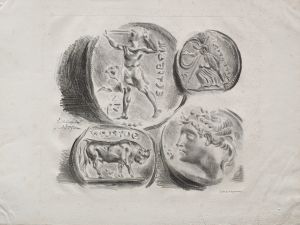


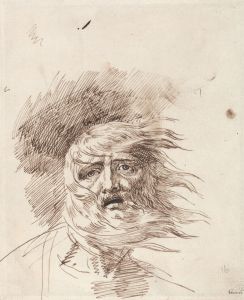
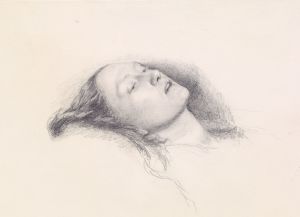
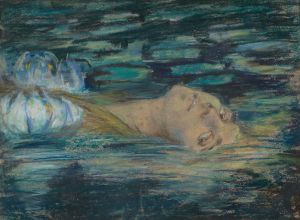

![Ophelia; from Rackham’s Illustrations to Lamb’s Tales from Shakespeare [Hamlet]](/imgs/268044/s/arthur-rackham-ophelia-from-rackhams-illustrations-to-lambs-tales-from-shakespeare-hamlet-79c3d3ec.jpg)